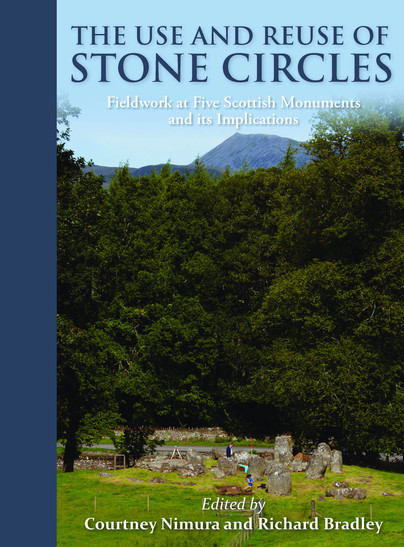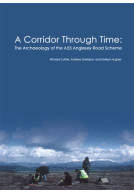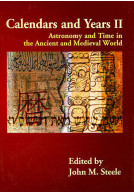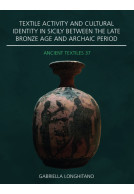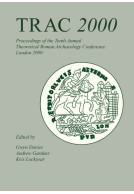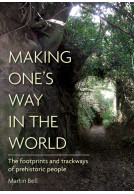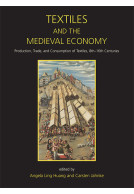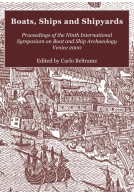The Use and Reuse of Stone Circles (Paperback)
Fieldwork at five Scottish monuments and its implications
Imprint: Oxbow Books
Pages: 240
Illustrations: b/w and colour
ISBN: 9781785702433
Published: 31st July 2016
Script Academic & Professional
Pages: 240
Illustrations: b/w and colour
ISBN: 9781785702433
Published: 31st July 2016
Script Academic & Professional
You'll be £14.95 closer to your next £10.00 credit when you purchase The Use and Reuse of Stone Circles. What's this?
+£4.99 UK Delivery or free UK delivery if order is over £40
(click here for international delivery rates)
Need a currency converter? Check XE.com for live rates
(click here for international delivery rates)
Need a currency converter? Check XE.com for live rates
The study of stone circles has long played a major role in British and Irish archaeology, and for Scotland most attention has been focused on the large monuments of Orkney and the Western Isles. Several decades of fieldwork have shown how these major structures are likely to be of early date and recognised that that smaller settings of monoliths had a more extended history. Many of the structures in Northern Britain were reused during the later Bronze Age, the Iron Age and the early medieval period. A series of problems demand further investigation including: when were the last stone circles built? How did they differ from earlier constructions? How were they related to henge monuments, especially those of Bronze Age date? How frequently were these places reused, and did this secondary activity change the character of those sites? This major new assessment first presents the results of fieldwork undertaken at the Scottish recumbent stone circle of Hillhead; the stone circles of Waulkmill and Croftmoraig, the stone circle and henge at Hill of Tuach at Kintore; and the small ring cairn at Laikenbuie in Inverness-shire. Part 2 brings together the results of these five projects and puts forward a chronology for the construction and primary use of stone circles, particularly the Chalcolithic and Bronze Age examples. It considers the reuse of stone circles, long after they were built, and discusses four neighbouring stone circles in Aberdeenshire which display both similarites and contrasts in their architecture, use of raw materials, associated artefacts and structural sequences. Finally, a reassessment and reinterpretation of Croftmoraig and its sequence is presented: the new interpretation drawing attention to ways of thinking about these monuments which have still to fulfil their potential.
Customers who bought this title also bought...
Other titles in Oxbow Books...







